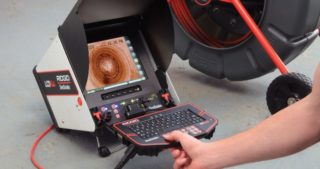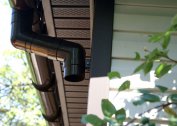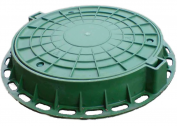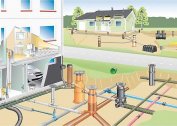Sewer pipes are located underground at the foundation level of a residential building. Despite the large diameter and the presence of technical hatches, they have slopes, turns, branches. Therefore, it is impossible to conduct a visual inspection of the inside of the pipes in the event of accidents, and digging out to establish the place of leakage is labor-intensive. To determine the cause of the malfunction by a non-destructive method, a device for video pipe diagnostics is used. A camcorder connected by a flexible cable to the monitor shows the sewer pipe from the inside. This allows you to quickly establish the location of the defective area, the nature of the damage or blockage. The information obtained is necessary to make a decision on the methods of eliminating the problem. Television inspection prices for pipes and equipment across Russian regions differ slightly.
Application area
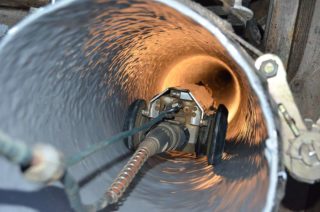
The inspection is designed to monitor the status of piping systems in emergency situations and for preventive purposes.
Video inspection of the pipe during the accident allows you to quickly identify and localize for repair:
- cracks;
- tears
- joints offsets;
- destruction or deformation of the upper arch;
- foreign objects (rags, construction debris, etc.);
- organic deposits on the walls, reducing the inner diameter.
Video diagnostics of sewer systems outside emergency situations can be used with such cases:
- assessment of the quality of work done on the construction or repair of the sewer system;
- early detection of pipeline defects that could lead to an accident in the future (cracks, pipe mismatches);
- identification of unauthorized taps;
- search for forgotten sewer wells;
- search for items that accidentally fell into the sewer;
- establishing the causes of regular blockages in some place of the sewer;
- restoration of the lost plan.
Regular preventive video recording of the inside of the sewage system will help prevent major accidents and repair costs.
Types of television inspection systems
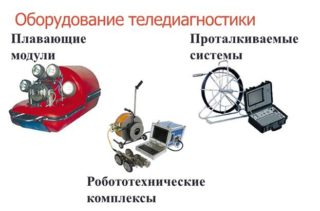 Depending on the method of delivery of the video camera to the object of study, there are two types of diagnostic equipment for the tele-inspection system.
Depending on the method of delivery of the video camera to the object of study, there are two types of diagnostic equipment for the tele-inspection system.
Pushed through - the camera is fixed at the end of the hard cable, which the operator forces with force along the pipe to the object, which caused a decrease in the pipeline throughput.
- Manual endoscope: a camera with a diameter of 23 mm with 6-12 LEDs is located at the end of a flexible telescopic rod, inside of which there is a cable for transmitting images to the screen located on the handle. The advantage is the ability to inspect pipes with a diameter of 25 mm or more; lightness, compactness. The disadvantage is the small depth of penetration of the camcorder into the pipe or cable channel. The standard rod length is 3.6 m, with the presence of additional parts it can be maximized only up to 8.6 m.
- Portable portable system for the inspection of sewer pipes. It is equipped with a monitor, a recording unit with memory up to 256 GB, a set of flexible durable cables with a length of more than 100 meters, video cameras of 17, 23 and 28 millimeters; 12 LEDs. It is completed with a suitcase or a box for carrying equipment.
Self propelled device - a camera, lighting and power sources are attached to a mobile platform, controlled remotely. The advantage is mobility, the length of the connecting cable is up to 500 meters. The disadvantage is used for pipes of large diameter: from 150 to 2000 mm.
Equipment invented for servicing centralized and private sewer systems is also suitable for inspection of water pipes, heating networks, gas pipelines and wells.
Carrying out a television inspection
Video monitoring of large-diameter pipes is carried out by full-sized professional equipment that allows you to explore hard-to-reach spots with a depth of up to 60 meters. The cable is rewound by a drum.
To monitor the internal state of the pipeline, a high-resolution color video camera with a light source (LEDs) is introduced into it. The camera under the control of the operator can rotate, change the viewing angle, increase illumination, zoom in, transfer it from the inside of the pipe to the screen of the device located on the surface.
If defects are detected by a distance meter or using a beacon and a locator, the exact location of the object is recorded. The record is used to more accurately diagnose the problem afterwards.
Advantages and disadvantages
Remote localization of the accident center allows repairing the pipeline without dismantling or digging trenches, which significantly reduces the cost and reduces the time for repair work.
The only drawback is the significant price of the diagnostic complex itself, especially the robotic one.
The cost of a television inspection service depends on the length of the pipes being inspected. In regions, the price ranges from 50 to 200 rubles. per 1 m of the system under test.
